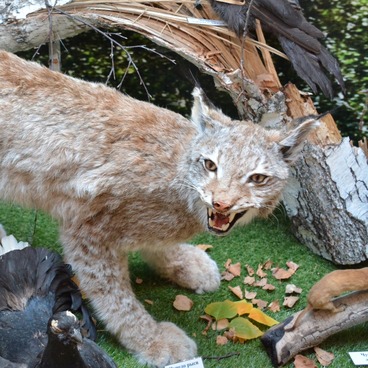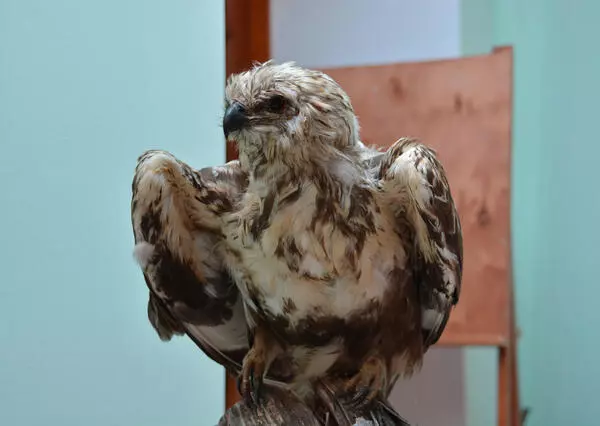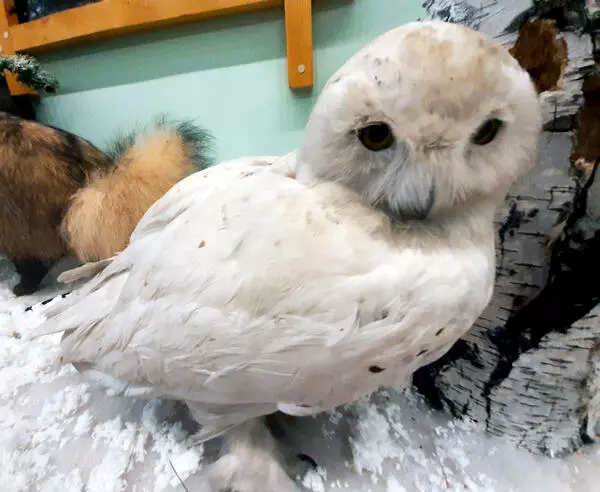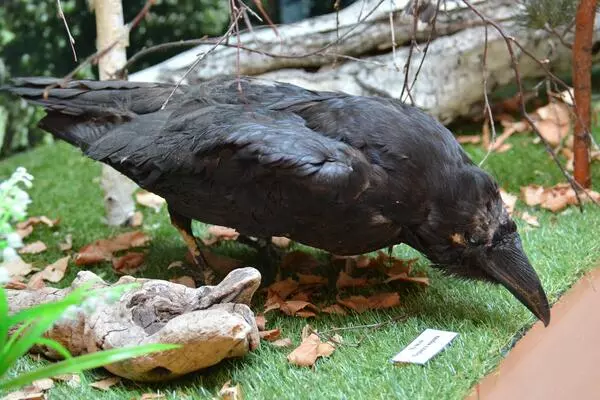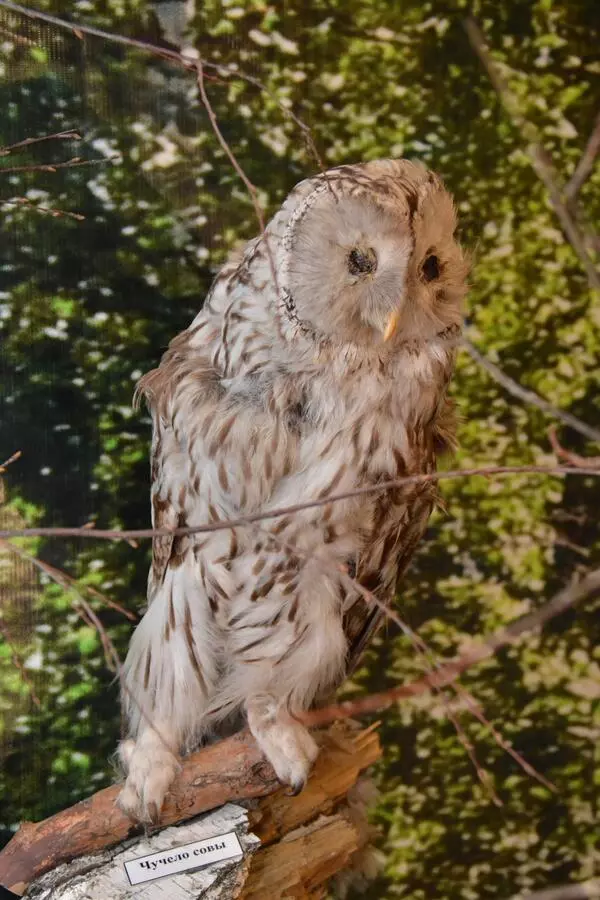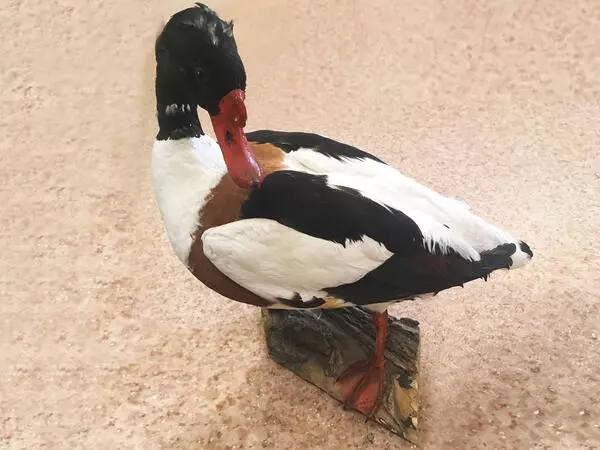The European eagle-owl is a large predatory bird in the true owls family. It is smaller than the golden eagle and slightly larger than the snowy owl. Its body measures 60 to 70 cm with a wingspan of up to 190 cm. Female eagle-owls can weigh up to 3.2 kilos. Males are typically a little lighter. The eagle-owl’s characteristic features include a massive barrel-shaped body, serrated plumage of dominating reddish and ocher shades, and bright orange eyes with tufts (longer feathers) above them. The birds prefer flying slowly and silently low above the ground, interspersing flapping with gliding. The European eagle-owl is mostly nocturnal.
The bird has a loud voice it uses to make a vast range of sounds. Most frequently, its low two-syllable hooting “oo-hoo” with the first part stressed betrays the eagle-owl’s presence. In still weather, the hooting can be heard from four kilometers away. Usually, this hooting is the male calling, but the female can similar yet lower sounds. Unlike similar sounds made by other true owls, the European eagle-owl’s calling is smooth, with no pause between the syllables. Sometimes, the male’s shrieks resemble peals of wild laughter, moaning, or crying—creepy sounds to hear in a forest at night. This made the eagle-owl a frequent character in folk tales and legends.
The European eagle-owl has adaptations to various environments and inhabits woodlands and grasslands of Europe and Asia. The most important thing for it is to have enough food to eat and some hard-to-reach nooks to nest. The predator preys on hares, rodents, hedgehogs, crows, waterfowl, and other vertebrates. The European eagle-owl prefers mass easy-to-catch prey but can switch from one food source to another if necessary. The European eagle-owl has no fear of humans and sometimes inhabits cities.
It nests once a year in winter or early spring when the ground is still covered with snow. The bird lays eggs in a small dimple in the ground and uses low fur branches, piles of stones, fallen tree trunks, splits in rock, and ravines as shelter. It also likes shelves in steep slopes of mountains and river valleys.
Captive eagle-owls can live up to 80 years, while their lifespan is much shorter in the wild. The bird is difficult to tame. It is only occasionally used in hunting.
The bird has a loud voice it uses to make a vast range of sounds. Most frequently, its low two-syllable hooting “oo-hoo” with the first part stressed betrays the eagle-owl’s presence. In still weather, the hooting can be heard from four kilometers away. Usually, this hooting is the male calling, but the female can similar yet lower sounds. Unlike similar sounds made by other true owls, the European eagle-owl’s calling is smooth, with no pause between the syllables. Sometimes, the male’s shrieks resemble peals of wild laughter, moaning, or crying—creepy sounds to hear in a forest at night. This made the eagle-owl a frequent character in folk tales and legends.
The European eagle-owl has adaptations to various environments and inhabits woodlands and grasslands of Europe and Asia. The most important thing for it is to have enough food to eat and some hard-to-reach nooks to nest. The predator preys on hares, rodents, hedgehogs, crows, waterfowl, and other vertebrates. The European eagle-owl prefers mass easy-to-catch prey but can switch from one food source to another if necessary. The European eagle-owl has no fear of humans and sometimes inhabits cities.
It nests once a year in winter or early spring when the ground is still covered with snow. The bird lays eggs in a small dimple in the ground and uses low fur branches, piles of stones, fallen tree trunks, splits in rock, and ravines as shelter. It also likes shelves in steep slopes of mountains and river valleys.
Captive eagle-owls can live up to 80 years, while their lifespan is much shorter in the wild. The bird is difficult to tame. It is only occasionally used in hunting.


